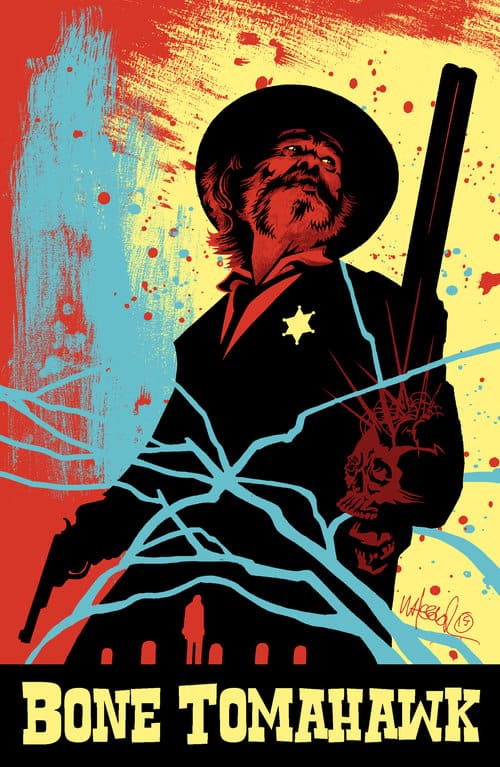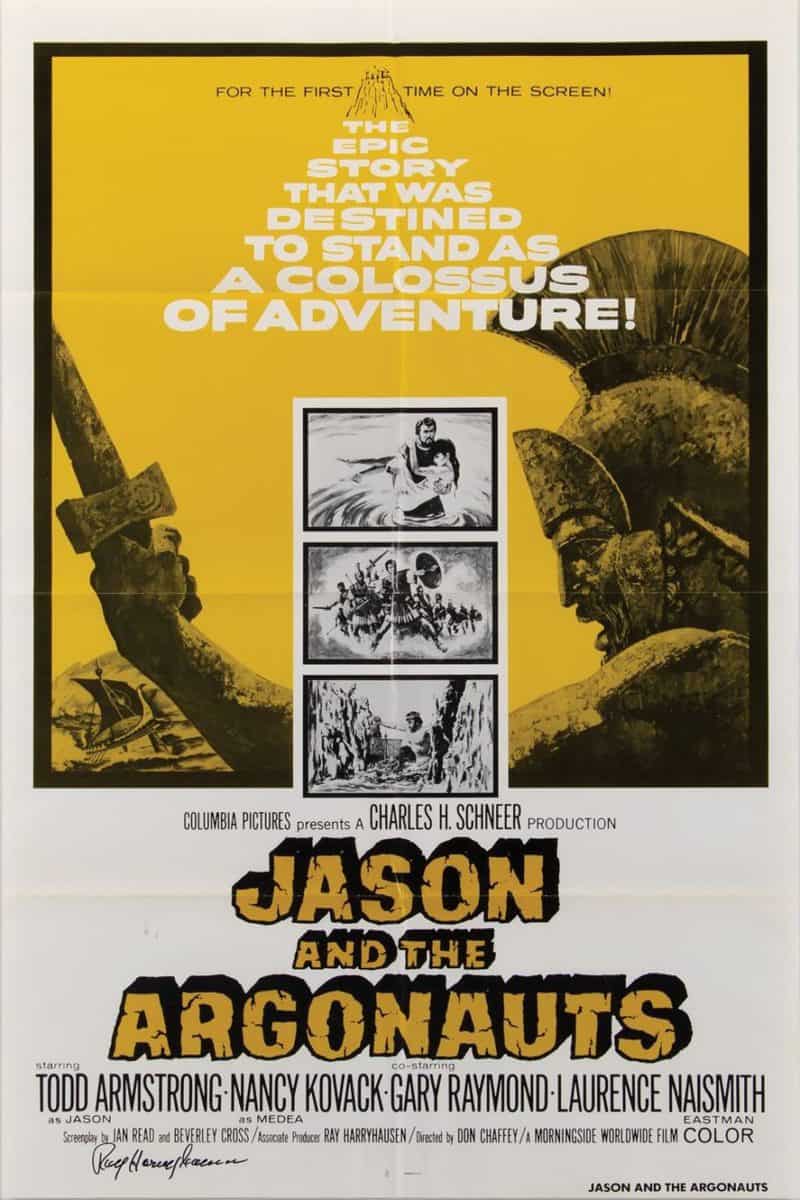
Bone Tomahawk quickly rose to notoriety due to the overwhelmingly graphic, brutal nature of one particular scene. But, despite the fame of this scene, it’s not representative of the movie. Violence is rare and ends quickly. Instead, the majority of the film is a quiet, slow ride through the American west.
Jeff Herriott and the film’s director-turned-composer S. Craig Zahler also carry this “quiet” to the film’s score. Throughout Bone Tomahawk, the gentle sound of wind or the constant hum of cicadas replace music, creating an organic emptiness that is difficult to replicate with music. The emptiness also focuses attention on the film’s sparse dialogue and actions.
By withholding music, Herriott and Zahler increase its impact when it does arrive. The “Four Ride Out” theme, a slow, haunting violin melody, highlights the film’s despondency and lonesomeness. It comes in those moments when the protagonists have nothing new to say or do; the repetitiveness of the hills and desert have worn thin; and the only thing left is to keep traveling toward a likely death.
The “death” that these men ride toward leads to the most interesting use of the score. Bone Tomahawk’s antagonists emit a middle-pitched wail, similar to the tripod siren from 2005’s War of the Worlds, that frightens and warns of impending death. Herriott and Zahler use this wail as a segue into pseudo-diegetic dark ambient interludes that accentuate scenes of extreme violence and terror. With so many modern scores running one or more hours, Bone Tomahawk’s short length still offers welcome variety without suffering in the process.



